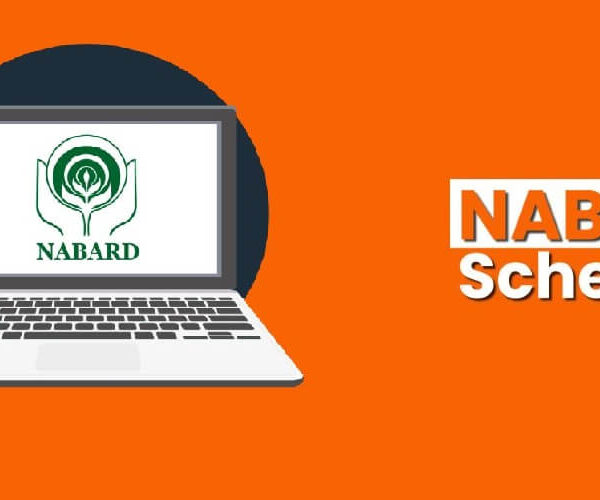
Language is more than just a means of communication; it’s a tool that has the power to evoke emotions, stir passions, and inspire action. One of the most potent forms of language is emotive language, which harnesses the ability to appeal to our feelings, beliefs, and values. In this article, we’ll delve into what emotive language is, explore its significance, and provide examples of how it’s used effectively.
What is Emotive Language?
Emotive language, also known as emotional language or loaded language, is the use of words and phrases that are intended to evoke an emotional response in the audience. Whether it’s to persuade, motivate, or provoke, emotive language taps into the human capacity for empathy, sympathy, anger, joy, or fear.
Significance of Emotive Language
Emotive language plays a pivotal role in various aspects of communication, including:
Persuasion:
In persuasive writing or speech, emotive language can sway opinions and compel action by appealing to the audience’s emotions rather than solely relying on logic or reason.
Advertising and Marketing:
Advertisers use emotive language to create strong associations between products or services and positive emotions, encouraging consumers to make purchasing decisions based on how they feel.
Politics and Propaganda:
Politicians and propagandists often employ emotive language to rally supporters, demonize opponents, or galvanize public opinion around specific issues or causes.
Literature and Storytelling:
Writers use emotive language to immerse readers in the world of a story, evoke empathy for characters, and elicit emotional responses that deepen engagement with the narrative.
Public Speaking:
Effective public speakers understand the power of emotive language to capture the audience’s attention, evoke empathy, and inspire action, whether it’s to incite change, motivate, or entertain.
Examples of Emotive Language
Let’s explore some emotive language examples across different contexts:
Advertising:
“Experience the exhilarating freedom of the open road.”
“Indulge in pure luxury with our exclusive range of skincare products.”
Politics:
“We must fight tirelessly to defend our freedoms and protect our democracy.”
“They seek to destroy our way of life and undermine our values.”
Literature:
“The haunting melody of the violin echoed through the empty halls, stirring memories of lost love and forgotten dreams.”
“The chilling wind whispered secrets of ancient mysteries, sending shivers down her spine.”
Public Speaking:
“We stand at a crossroads, where our choices will determine the fate of generations to come.”
“Let us unite in our shared humanity and strive for a future where justice and equality prevail.”
Conclusion
Emotive language is a potent tool that allows us to connect with others on a deeply emotional level, whether we’re crafting persuasive arguments, telling stories, or inspiring change. By understanding its significance and mastering its use, we can harness the power of emotion to captivate, persuade, and ultimately, shape the world around us. As communicators, let us embrace the art of emotive language and wield it responsibly to create meaningful connections and drive positive outcomes.
Frequently Asked Questions (FAQs) About Emotive Language
What is emotive language?
Emotive language, also known as emotional language or loaded language, refers to the use of words and phrases intended to evoke emotional responses in the audience. It taps into human emotions such as empathy, sympathy, anger, joy, or fear to convey a message or persuade others.
Why is emotive language important?
Emotive language is crucial because it helps to make communication more engaging, persuasive, and memorable. By appealing to emotions, it can influence attitudes, behaviors, and decision-making processes, making it a powerful tool in various contexts such as advertising, politics, literature, and public speaking.
How does emotive language differ from other types of language?
Unlike purely informative or descriptive language, emotive language aims to evoke emotional responses rather than simply convey information. While informative language focuses on facts and logic, emotive language relies on the power of emotions to influence perceptions and actions.
Is emotive language always effective?
While emotive language can be highly effective in capturing attention and eliciting emotional responses, its impact depends on factors such as the context, audience, and credibility of the speaker or writer. Overuse or misuse of emotive language may lead to skepticism or backlash if it is perceived as manipulative or insincere.
Can emotive language be used ethically?
Yes, emotive language can be used ethically when it is employed transparently and responsibly to genuinely connect with audiences and convey authentic messages. However, it’s essential to avoid exploiting emotions or manipulating individuals for deceptive or harmful purposes.
How can I incorporate emotive language into my writing or speech?
To incorporate emotive language effectively, consider the emotions you want to evoke in your audience and choose words and phrases that resonate with those emotions. Use vivid imagery, sensory language, and storytelling techniques to create emotional impact and engage your audience on a deeper level.
Are there any risks associated with using emotive language?
While emotive language can be a powerful tool for communication, there are risks associated with its use, including the potential for misinterpretation, backlash, or unintended emotional manipulation. It’s essential to exercise caution and sensitivity when employing emotive language, especially in sensitive or controversial topics.
Can emotive language be used in formal settings, such as academic writing or professional presentations?
Yes, emotive language can be used in formal settings to enhance engagement and persuasive impact, but it should be used judiciously and in a manner appropriate to the context. In academic writing, for example, emotive language may be less common but can still be employed effectively to convey passion or conviction within scholarly discourse. Similarly, in professional presentations, emotive language can be used strategically to inspire action or create a memorable impression on the audience.







